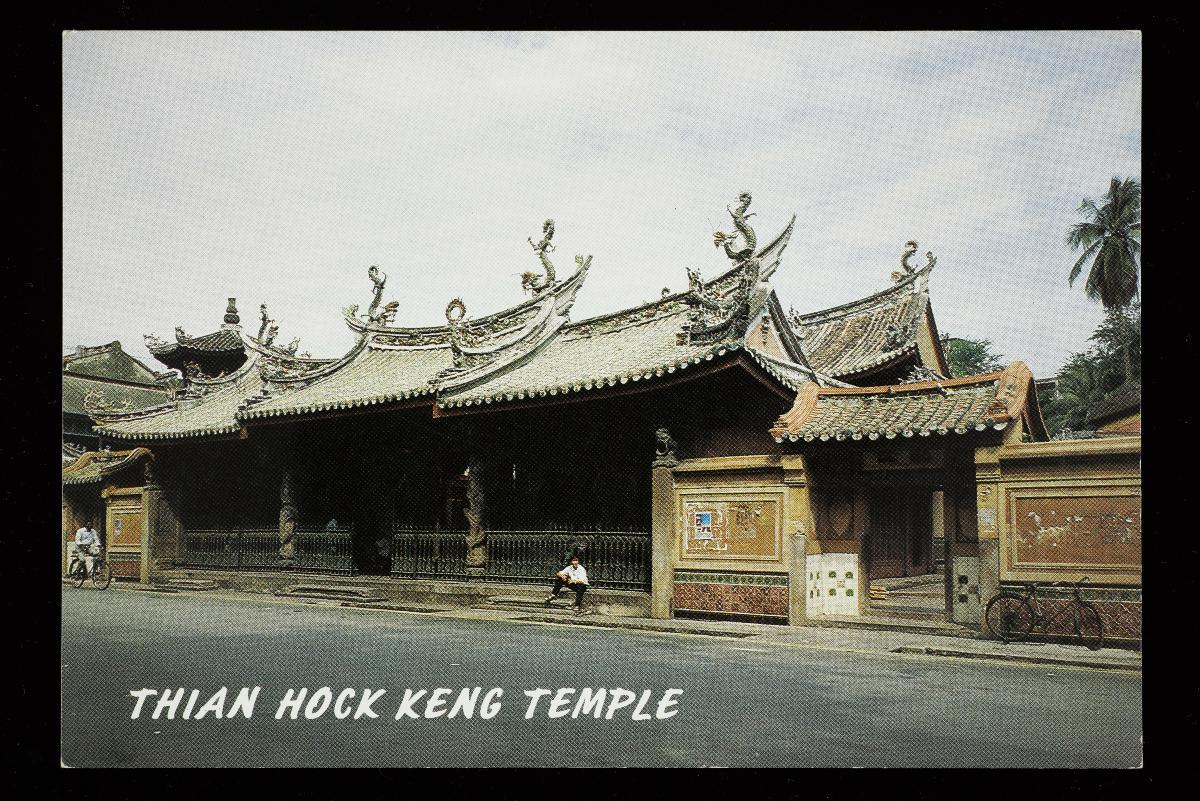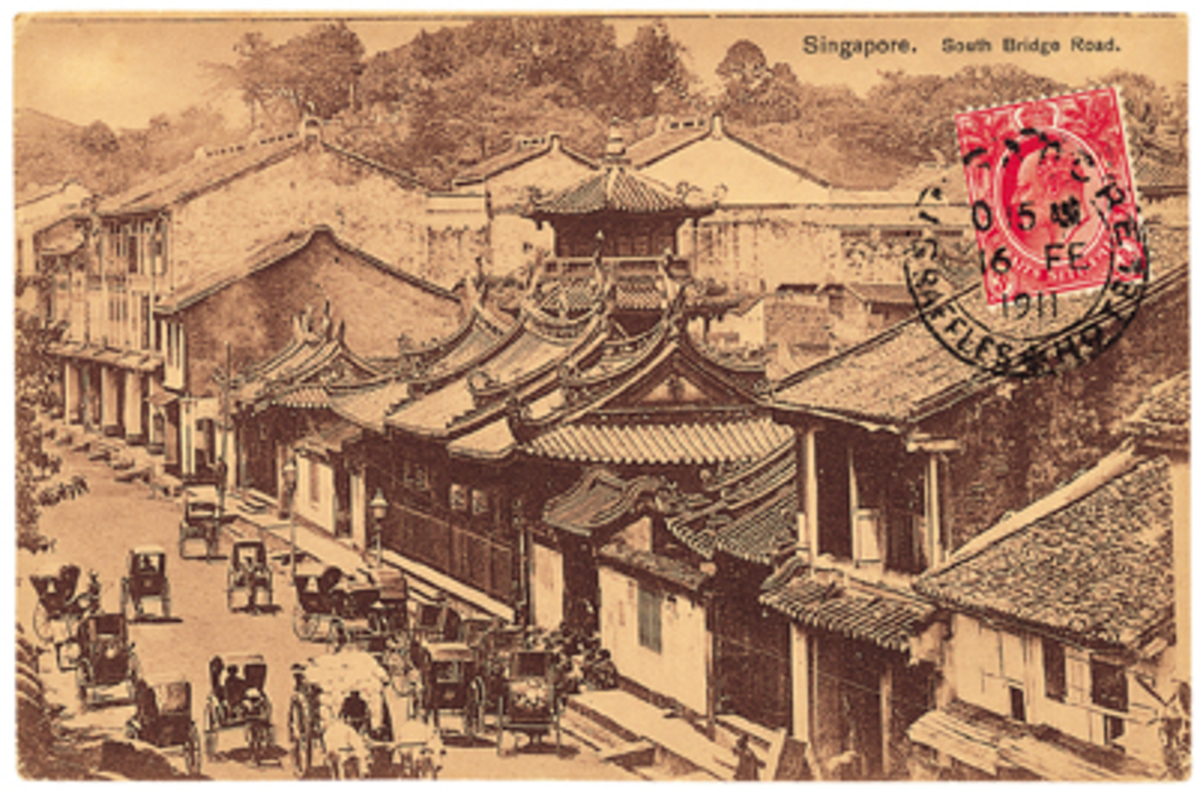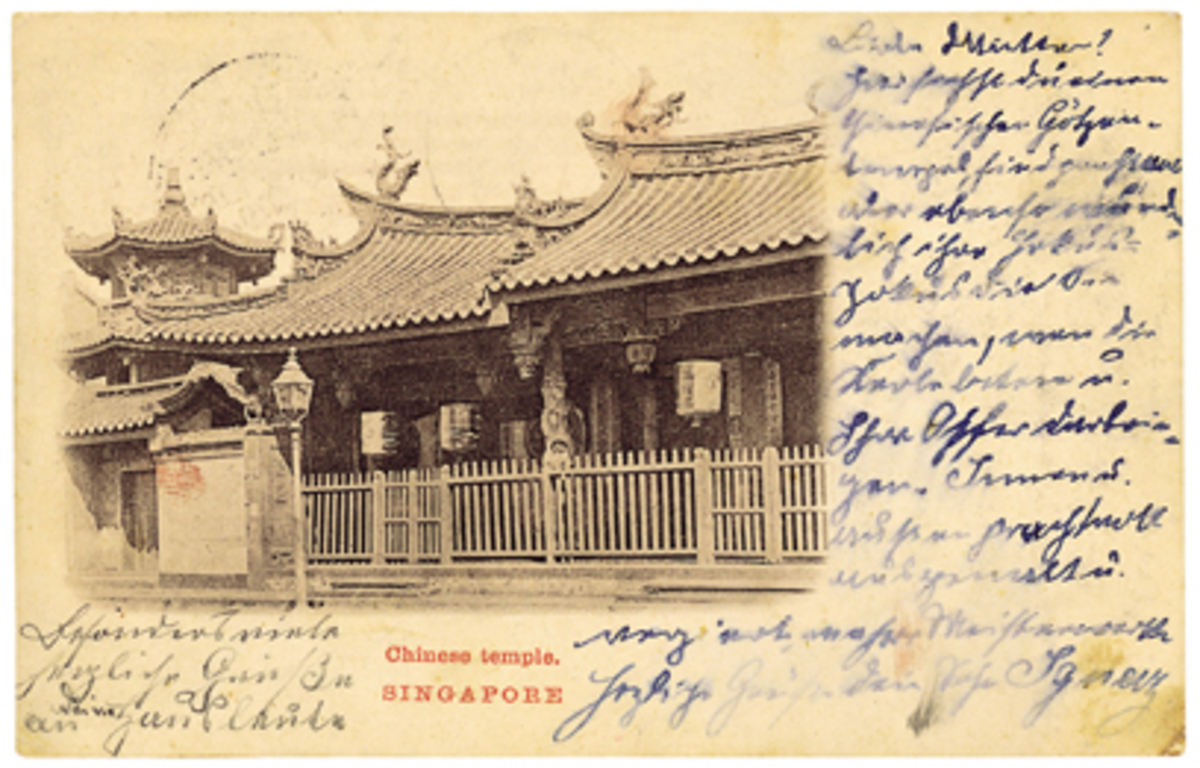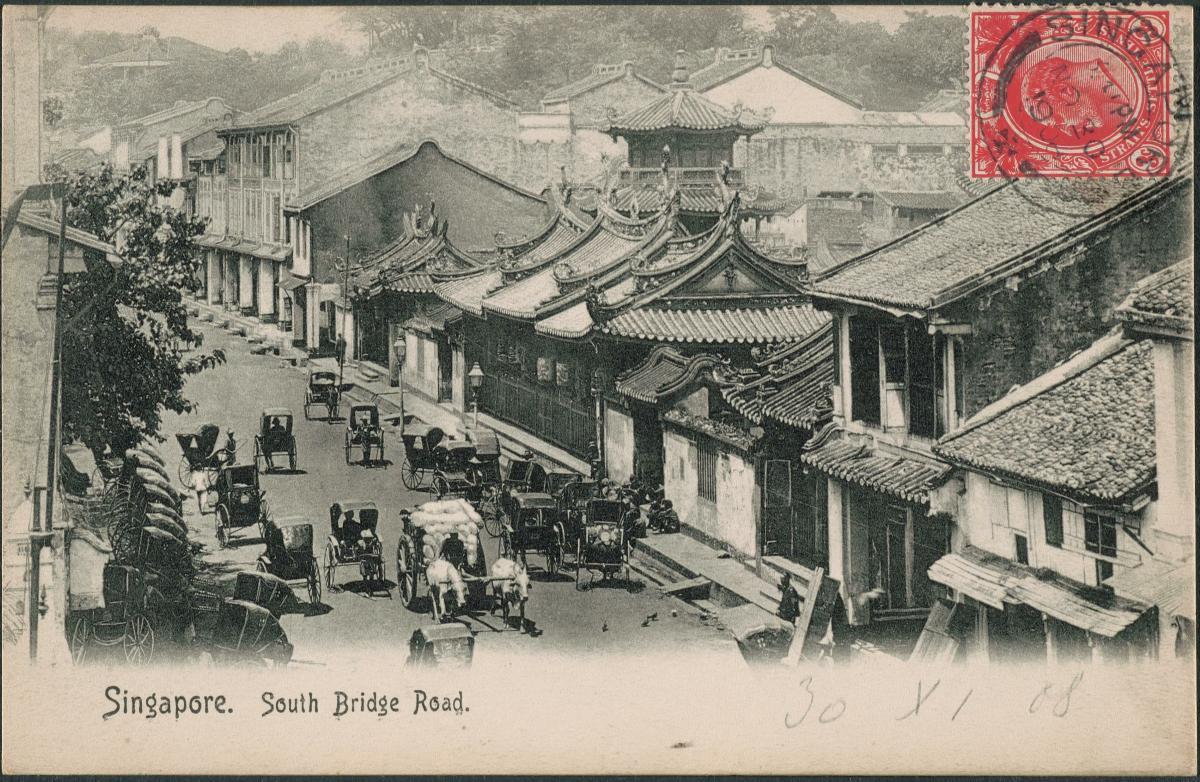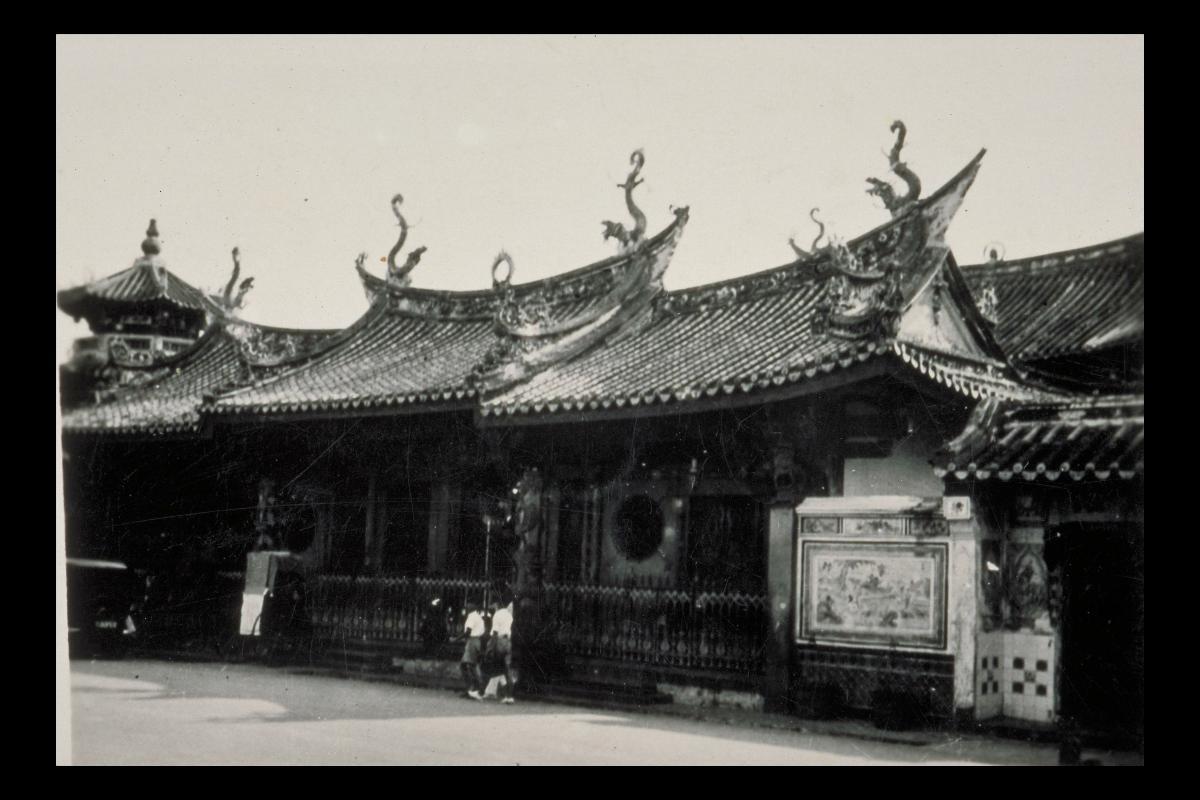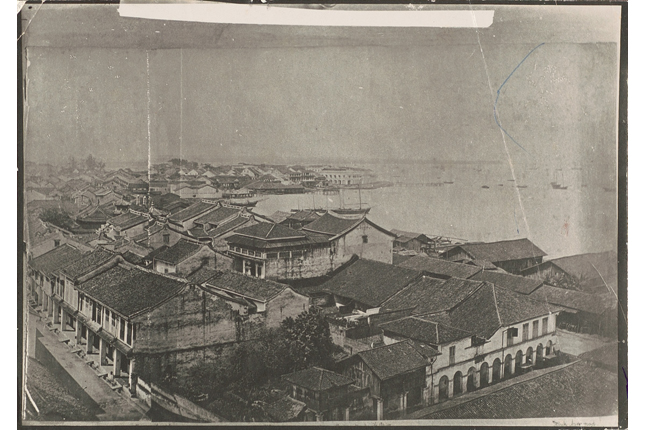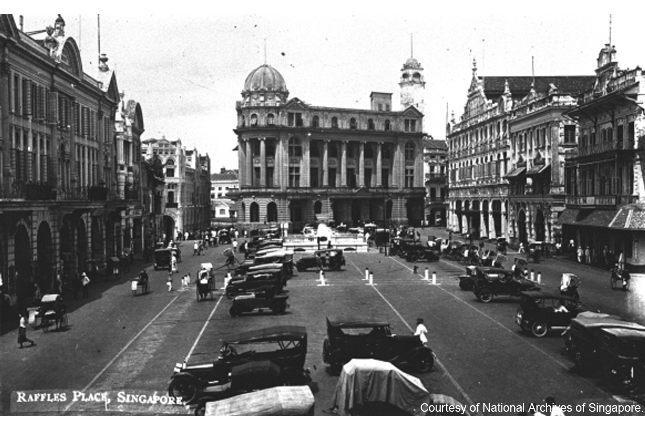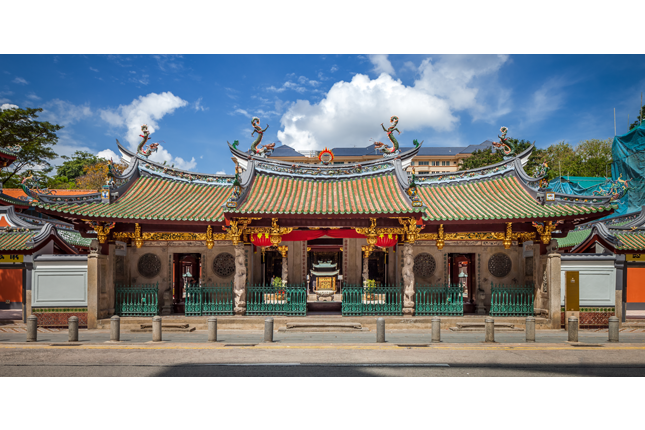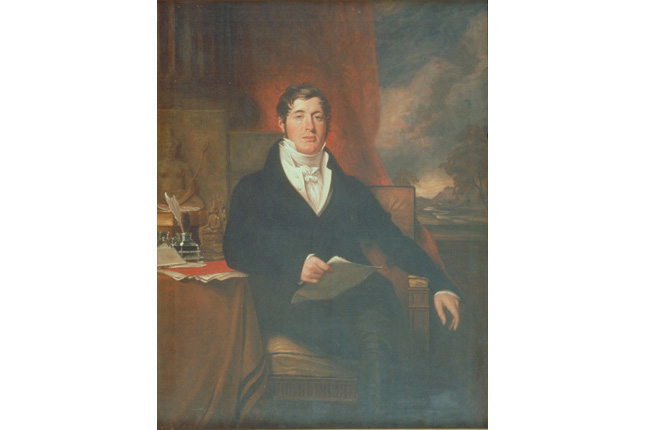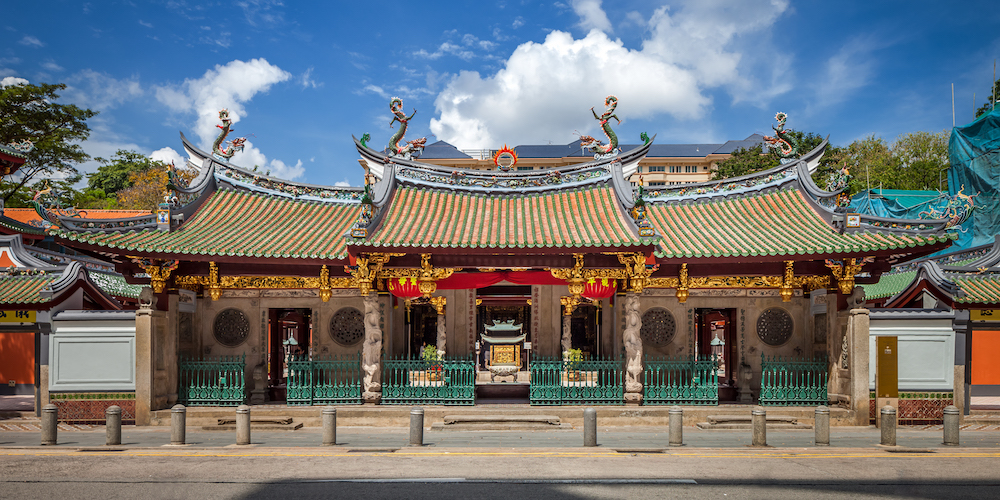Established in the early 19th century, Thian Hock Keng was built by Fujian Chinese immigrants to worship Mazu, the Goddess of the Sea and protector of seafarers and navigators, whom they believed, had granted them safe passage to Singapore. It started out as a prayer house or “joss shrine” located along the shore of Telok Ayer Bay in 1822, and extensive reconstruction transformed it into an opulent temple by 1840. No nails were used in the original tenon and mortise construction, and all the materials were imported from China. The temple was designed and built according to southern Chinese architectural style by skilled Chinese craftsmen, making it the most authentically traditional Chinese temple in Singapore. During the early days of colonial rule, Singapore's waterfront had extended as far inland as Telok Ayer Street, where the temple is located. Thian Hock Keng has since been gazetted as a national monument in 1973. Between 1998 and 2000, the temple underwent an extensive restoration which won four architectural awards. This postcard is a reminder of how the oldest historic Chinese temple looked like before restoration. The temple remains a popular tourist site in the 21st century.




